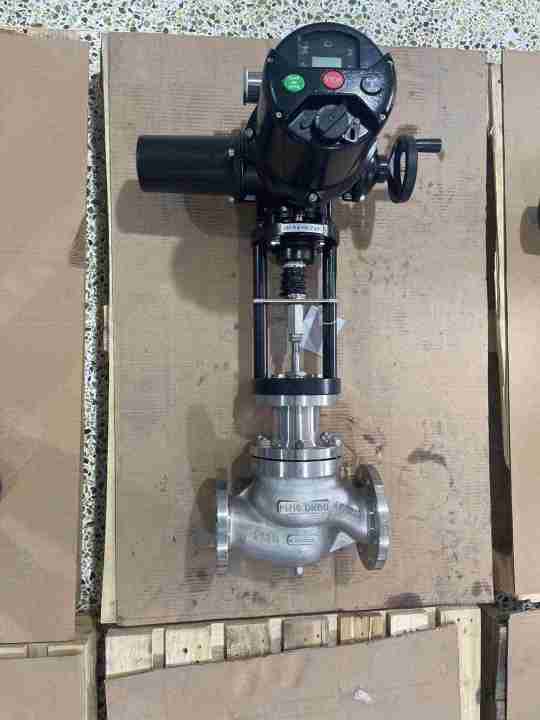In modern industrial applications, precise fluid control is crucial for maintaining operational efficiency and safety. Among the various types of control valves, the electric two-seat regulating valve stands out due to its design and functionality. This article explores the significance, operation, and advantages of electric two-seat regulating valves in various sectors.

Understanding Electric Two-Seat Regulating Valves Electric two-seat regulating valves are designed to control the flow of fluids—liquids and gases—through a system with remarkable accuracy. Unlike single-seat valves, the two-seat configuration provides better flow characteristics, making it suitable for applications where precise flow regulation is critical. The valve consists of two seats, allowing for enhanced sealing capabilities and reduced leakage. The valve is typically actuated by an electric motor, which converts electrical energy into mechanical motion. This motion adjusts the position of the valve plug within the seats, effectively regulating the flow rate according to the process requirements. Electric actuators offer the advantage of precise control over valve position, making them ideal for automated systems.